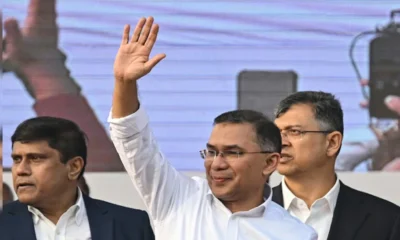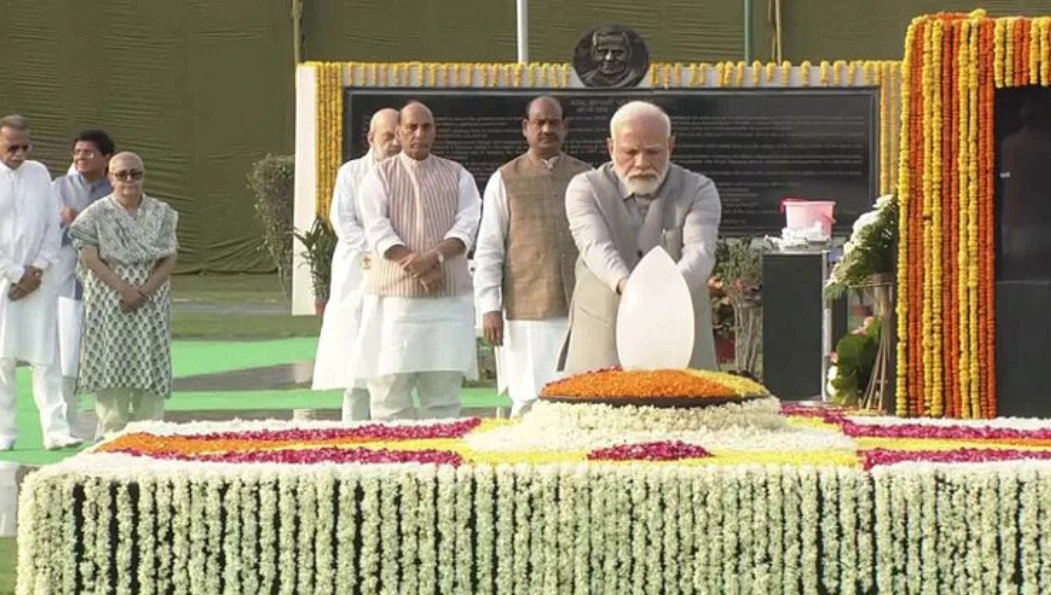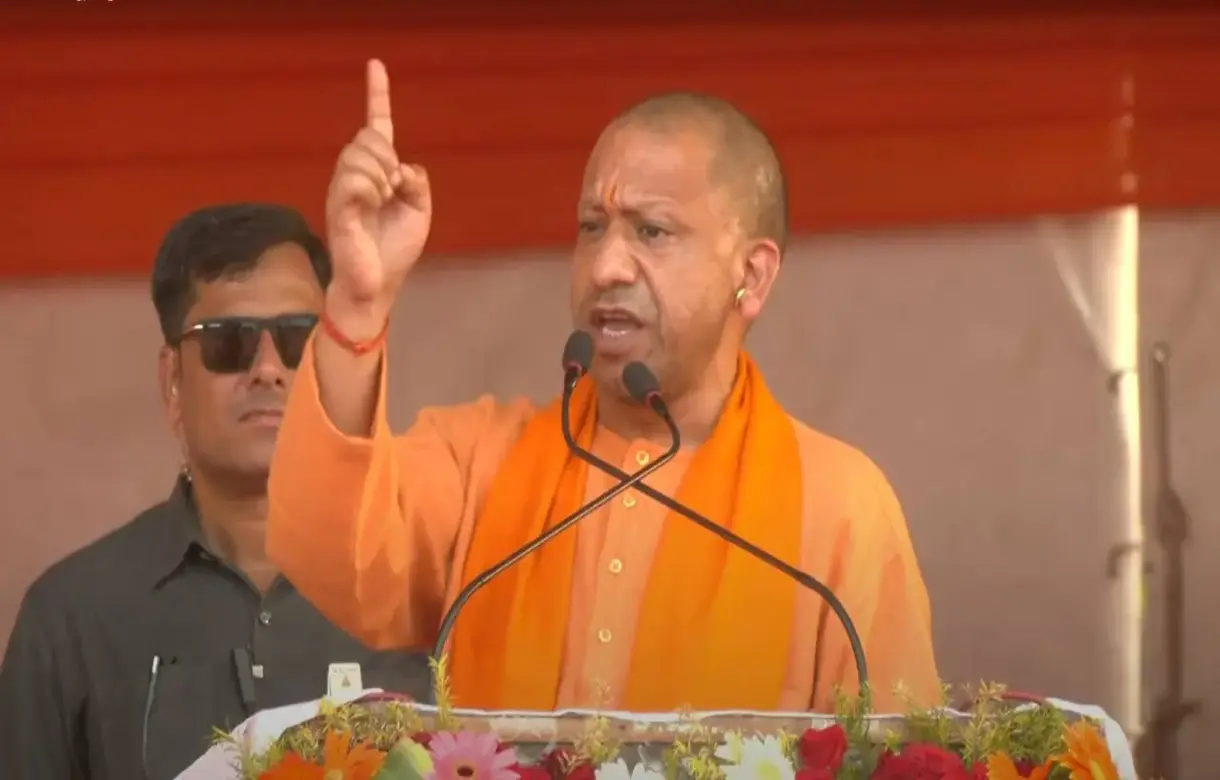[vc_row][vc_column][vc_column_text]Report names India among the worst offenders in Asia Pacific
Belying Modi government assertions, India has fallen further in rankings in the annual corruption index, released by Berlin-based non-government organisation Transparency International (TI).
India’s rank is 81 among 180 countries in the report covering the year 2017. The index ranks countries and territories by their perceived levels of public sector corruption according to experts and businesspeople.
In 2016, India was in the 79th place among 176 countries. India’s ranking in the index had plummeted in 2013 and 2014 in the wake of the spectrum and coal scams. The ranking has improved since then, but seems to be showing signs of weakening. India’s rank has fallen two notches to 81 in 2017 from 79 in 2016.
The index uses a scale of zero to 100, where zero is highly corrupt and 100 is very clean. This year, the index found that more than two-thirds of countries score below 50, with an average score of 43. India’s score remained 40 in both 2016 and 2017, below the global average.
TI finds crackdowns on NGOs and media are associated with higher levels of corruption in the world. Countries with the lowest protections for press and non-governmental organisations (NGOs) also tend to have the worst rates of corruption, it said. In some countries across the Asia-Pacific region, journalists, activists, opposition leaders and even staff of law enforcement or watchdog agencies are threatened, and in worst cases, even murdered, the report stated.
The report clubbed India with the Philippines and the Maldives as the worst nations in the Asia Pacific in this respect. “Philippines, India and the Maldives are among the worst regional offenders in this respect. These countries score high for corruption and have fewer press freedoms and higher numbers of journalist deaths,” it added.
The report cites reports compiled by the Committee to Protect Journalists, which gives a list of journalists killed in various countries since 1992. The list names eight journalists murdered since May 2014, the last one being Gauri Lankesh who was killed in 2017.
The TI found that almost all journalists killed since 2012 were killed in corrupt countries. Its analysis indicates that countries with the lowest protections for press and non-governmental organisations (NGOs) also tend to have the worst rates of corruption. The TI analysis showed that in the last six years, more than 9 out of 10 journalists were killed in countries that score 45 or less on the Corruption Perceptions Index.
This means that, on average, every week at least one journalist is killed in a country that is highly corrupt. In addition, one in five journalists that died were covering a story about corruption. Sadly, justice was never served in the majority of these cases, the civil society organisation observed.[/vc_column_text][/vc_column][/vc_row][vc_row][vc_column][vc_column_text css=”.vc_custom_1519299353233{padding-top: 10px !important;padding-right: 10px !important;padding-bottom: 10px !important;padding-left: 10px !important;background-color: #e2e2e2 !important;border-radius: 10px !important;}”]Since 2012, 368 journalists died while pursing stories and 96 per cent of those deaths were in countries with corrupt public sectors, ie where CPI scores are below 45. Moreover, one in five journalists killed worldwide were investigating corruption-related stories. In Mexico, which dropped by six points on the CPI since 2014, moving from a score of 35 to 29, six journalists were killed in 2017 alone.
368 – Total number of journalists murdered between 2012 and 2017.
70 – Number of murdered journalists who were covering corruption stories.
179 – Number of murdered journalists for which no one was brought to justice (full or partial impunity).
“No activist or reporter should have to fear for their lives when speaking out against corruption,” said Patricia Moreira, managing director of Transparency International. “Given current crackdowns on both civil society and the media worldwide, we need to do more to protect those who speak up.”[/vc_column_text][/vc_column][/vc_row][vc_row][vc_column][vc_column_text]Transparency International also looked at the relationship between corruption levels and the freedom with which civic organisations are able to operate and influence public policy. The analysis, which incorporates data from the World Justice Project, shows that most countries that score low for civil liberties also tend to score high for corruption.
“Smear campaigns, harassment, lawsuits and bureaucratic red tape are all tools used by certain governments in an effort to quiet those who drive anti-corruption efforts,” said Patricia Moreira, managing director of Transparency International. “We’re calling on those governments that hide behind restrictive laws to roll them back immediately and allow for greater civic participation.”
“CPI results correlate not only with the attacks on press freedom and the reduction of space for civil society organizations,” said Delia Ferreira Rubio, chair of Transparency International. “High levels of corruption also correlate with weak rule of law, lack of access to information, governmental control over social media and reduced citizens’ participation. In fact, what is at stake is the very essence of democracy and freedom.”[/vc_column_text][/vc_column][/vc_row][vc_row][vc_column][vc_column_text css=”.vc_custom_1519299415438{padding-top: 10px !important;padding-right: 10px !important;padding-bottom: 10px !important;padding-left: 10px !important;background-color: #eaeaea !important;border-radius: 10px !important;}”]Over the last six years, several countries significantly improved their CPI score, including Côte d’Ivoire, Senegal and the United Kingdom, while several countries declined, including Syria, Yemen and Australia.
This year, New Zealand and Denmark rank highest with scores of 89 and 88 respectively. Syria, South Sudan and Somalia rank lowest with scores of 14, 12 and 9 respectively. The best performing region is Western Europe with an average score of 66. The worst performing regions are Sub-Saharan Africa (average score 32) and Eastern Europe and Central Asia (average score 34).[/vc_column_text][/vc_column][/vc_row][vc_row][vc_column][vc_column_text]See Tranparency International’s tables of rankings[/vc_column_text][/vc_column][/vc_row]


 India News10 hours ago
India News10 hours ago
 Latest world news6 hours ago
Latest world news6 hours ago
 India News11 hours ago
India News11 hours ago
 India News11 hours ago
India News11 hours ago
 Latest world news3 hours ago
Latest world news3 hours ago
 India News10 hours ago
India News10 hours ago












